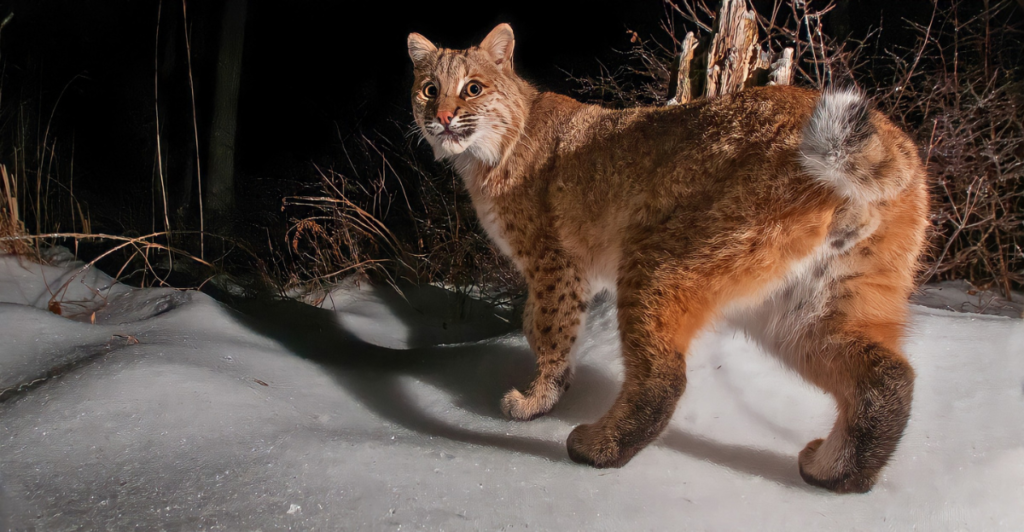
The Appalachian Mountains have existed for around 1.2 billion years. This majestic mountain range saw the first trees and animals develop on the planet and held the stage for life. With such a long-standing heritage, the Appalachians are home to some of the most incredible animals today.
Eastern Hellbender
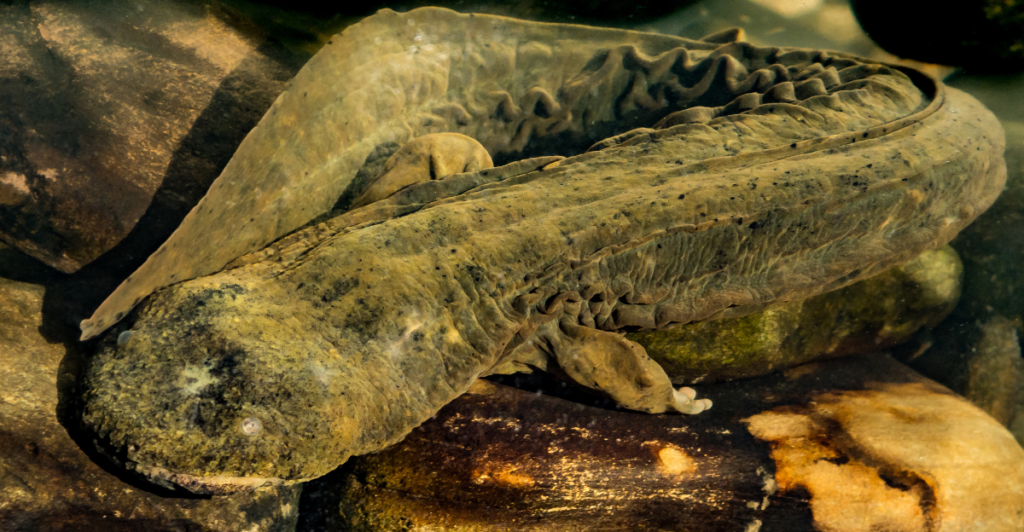
With a name like the Eastern Hellbender, most may be intimidated, but many locals have nicknamed the salamander species something much more adorable – snot otter. This unique species of salamander has mucus-covered skin and is able to breathe through its skin.
Black Bear
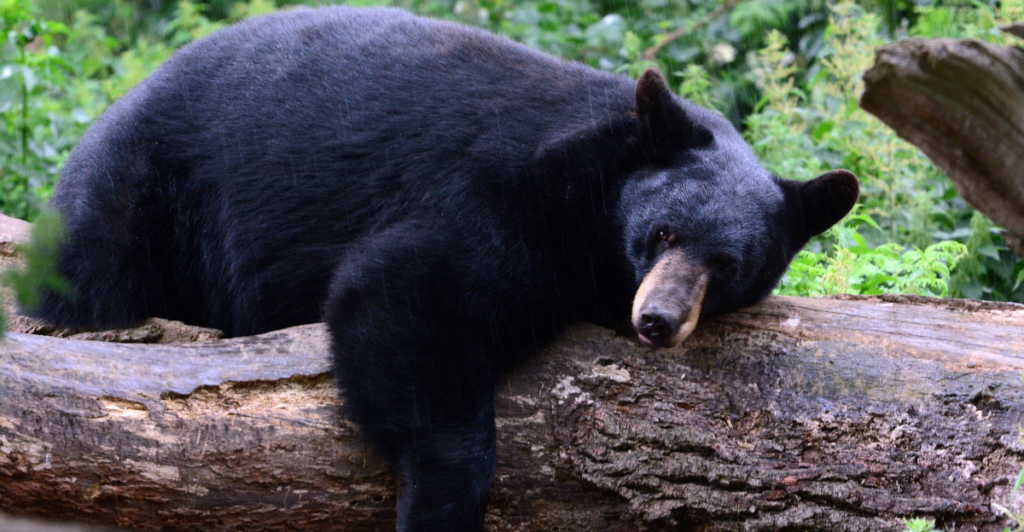
Black bears have a reputation for being quite fearsome, but in reality, they pose a minimal threat to humans when compared to their larger cousins – grizzlies. These incredible animals weigh between 100-400 pounds and roam the forests of Appalachia while avoiding conflicts with humans.
Wild Boars
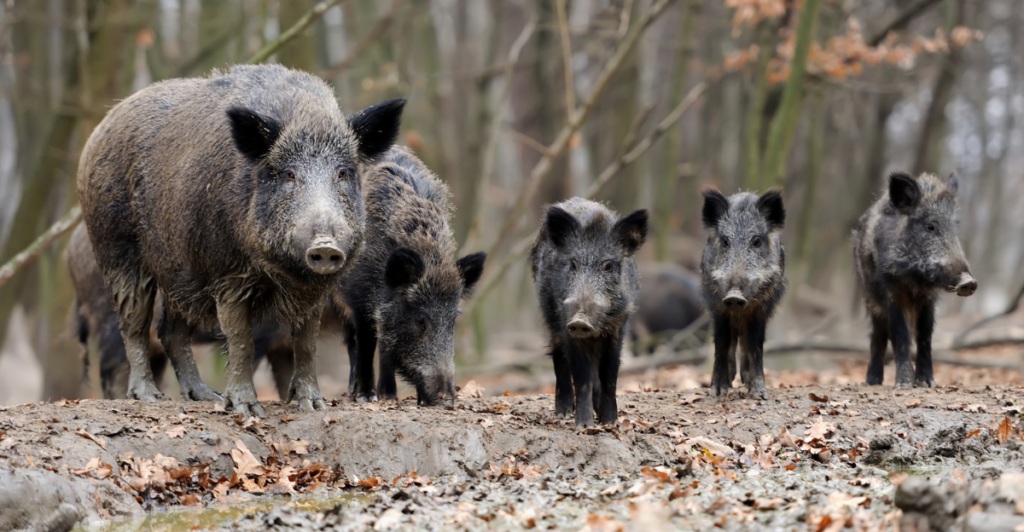
Wild boars usually thrive in Tennessee and North Carolina, but they’ve escaped from hunting preserves and now live in the Great Smoky Mountain Park. They can disrupt their ecosystems by rooting and competing with grazers like deer.
Coyote
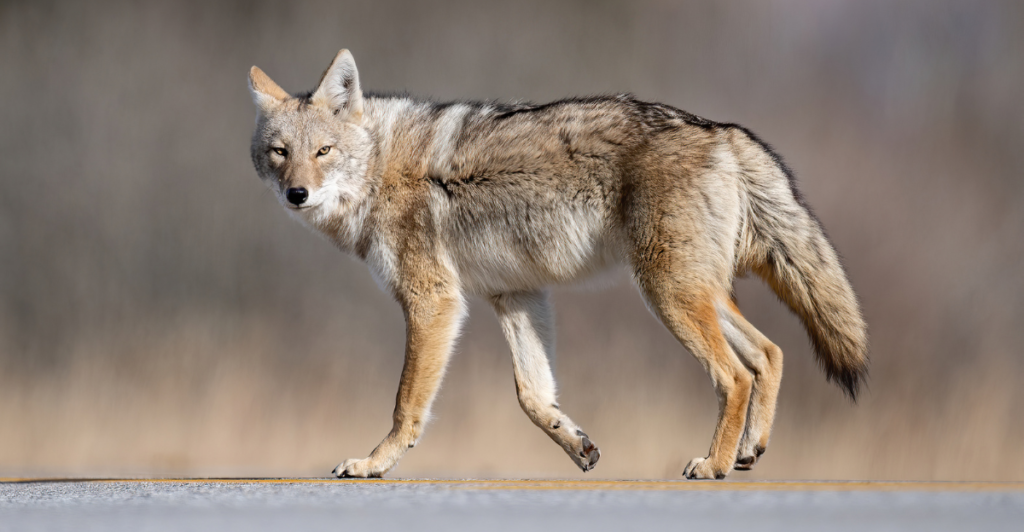
Coyotes were once only found in the West, but recently, they’ve made their way Appalachia and have a stable population of around 50,000 individuals living in Virginia. These adaptable animals prey on deer and rodents, finding a place in the local ecosystems of Appalachia.
Barred Owl
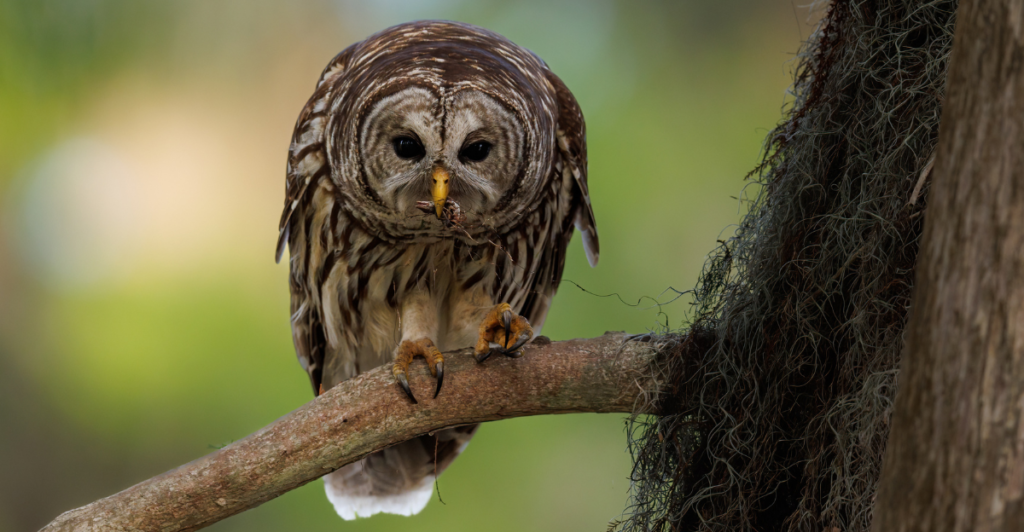
The barred owl has a thriving population living in the forests of Appalachia. They prefer thick woods close to water sources. The nocturnal bird has a disturbing hoot that echoes through the forest at night.
Elk
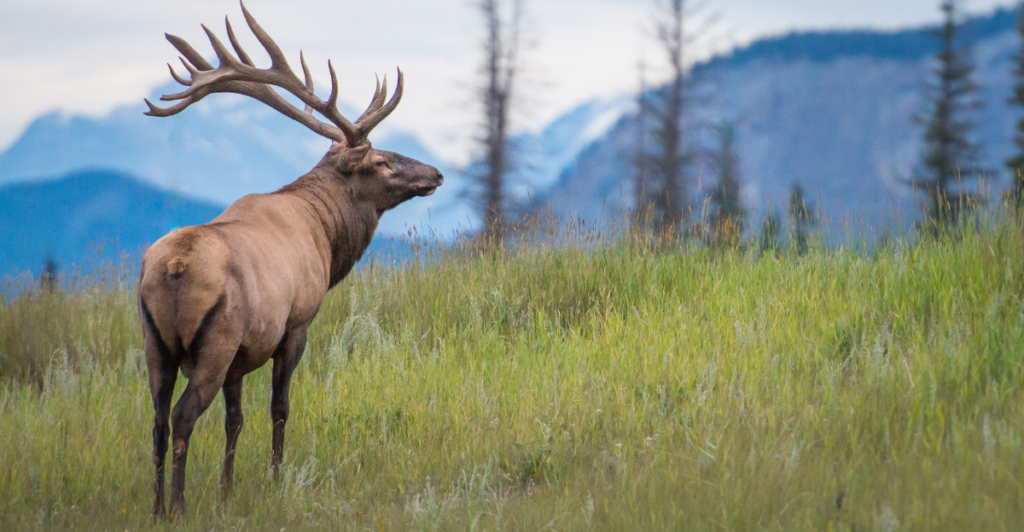
Elk were reintroduced into Virginia’s coal-mined lands and have reclaimed previously used territory. They symbolize a recovery after industrial activity in Appalachia and are part of the region’s biodiversity. Their bugles can be heard through the forests, among the sounds of other animals that are part of the ecosystem.
Bobcat
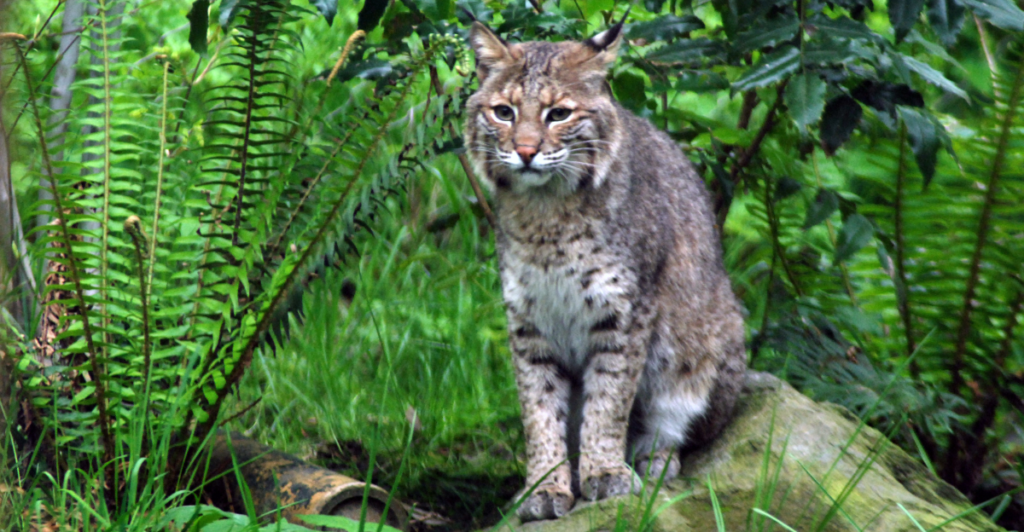
Bobcats are elusive predators that can be found in Appalachian forests. They blend in well with the vegetation due to their unique coat patterns. They are stealthy predators that stalk rabbits and squirrels and play an important part in the regions food chain.
Red Wolf
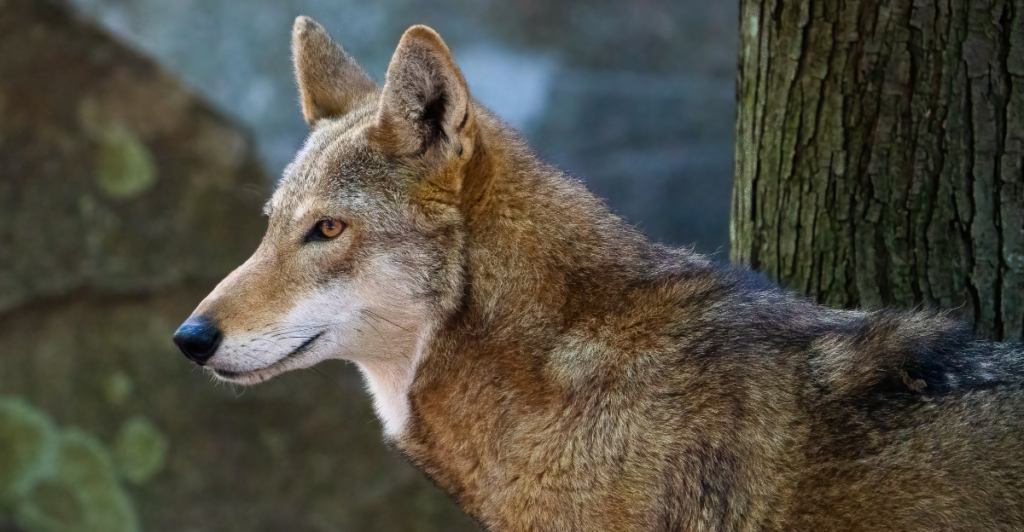
Red wolves are some of the most endangered subspecies of wolves on the planet, and although rare, they have been known to skirt Appalachia’s edges. Reintroduction efforts in North Carolina are slowly aiding this population in recovering and more may start to migrate as their numbers increase.
Timber Rattlesnake
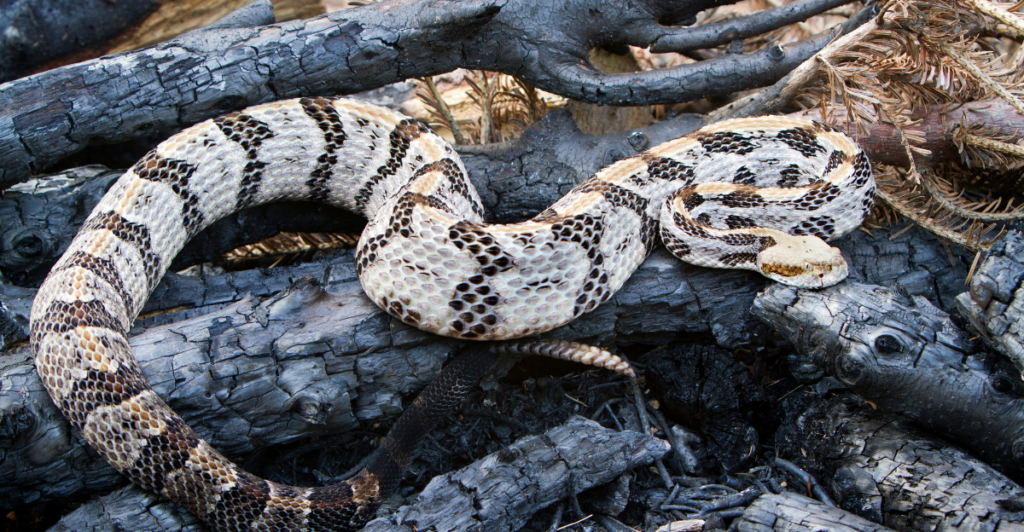
The rocky terrain of Appalachia provides a unique opportunity for Timber rattlesnakes. They control local rodent populations and use their rattle to warn and threats. Their bite is venomous, but rarely fatal to humans that are unlucky enough to get bitten.
Eastern Box Turtle
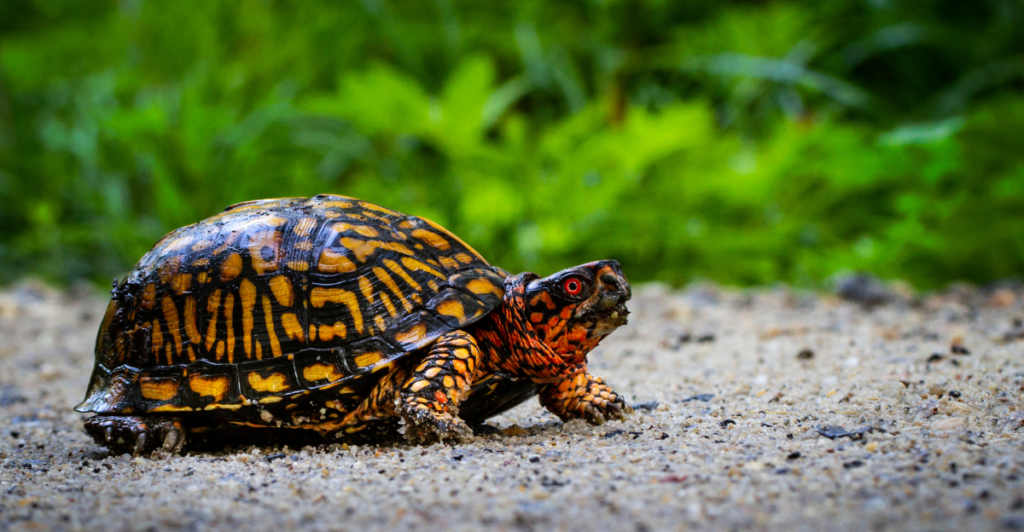
The eastern box turtle dwells in the ponds and forests of Appalachia and can use its hinged shell to create a defensive barrier against predators. The turtle lives a long life and moves around slowly, playing a key role in Appalachia’s ecosystem.
White-Tailed Deer
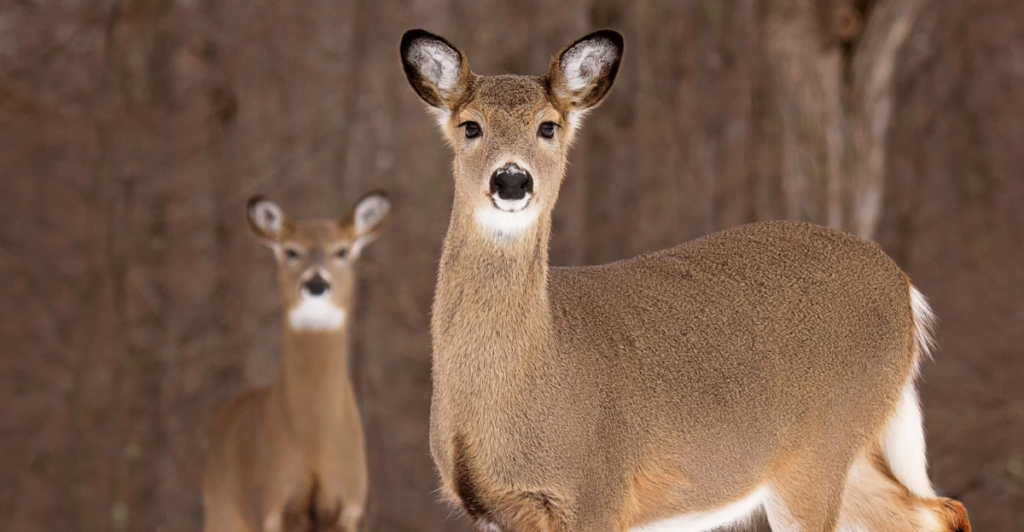
The white-tailed deer live in the meadows of Appalachia after nearly being wiped out in the 19th century. Through conservation, their numbers have steadily increased to where they are today. They play an important role in their ecosystem, being a food source for predators and keeping local vegetation from running rampant.
Northern Flying Squirrel
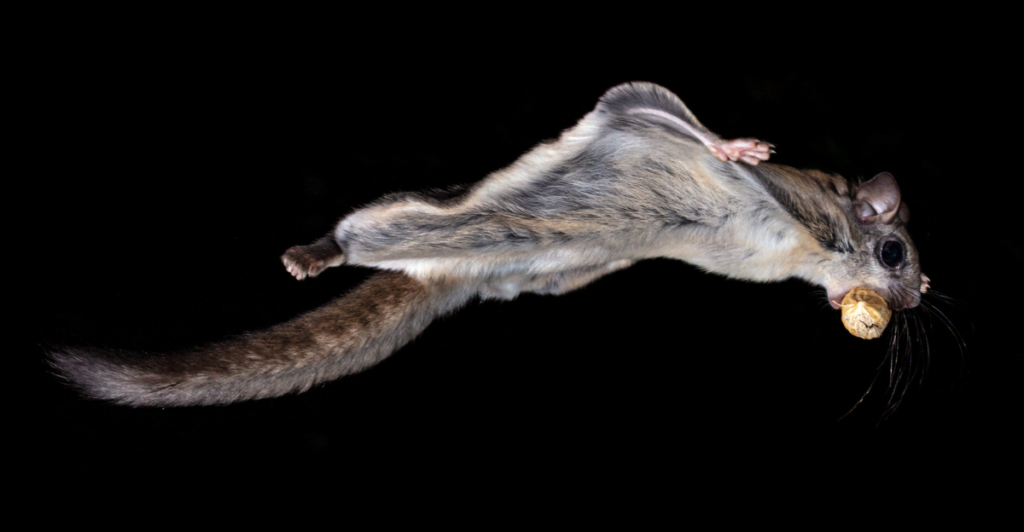
The northern flying squirrel is a nocturnal rodents that live in communal nests in the safety of trees. To further avoid predators, they use a membrane to glide from tree to tree. They use acorns and nuts as a reliable food source.
Eastern Chipmunk
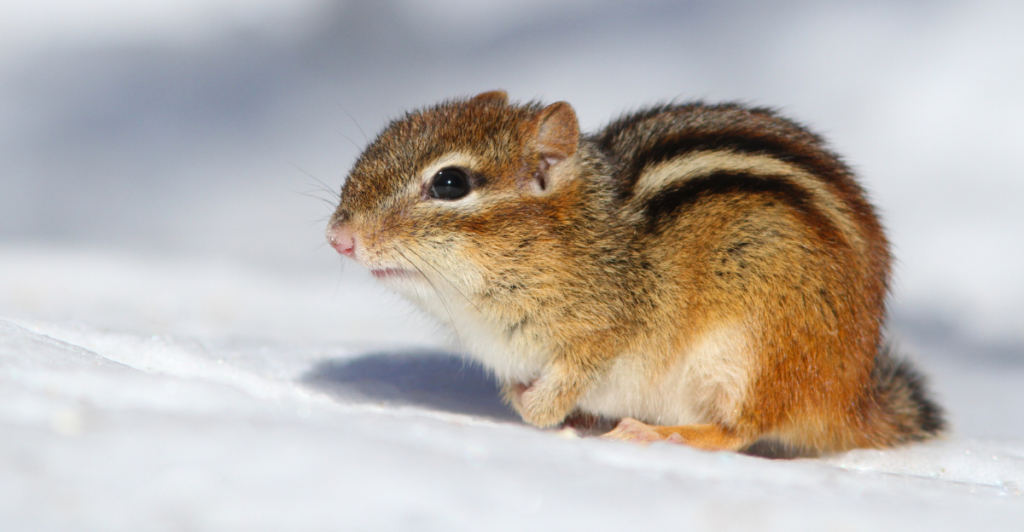
The eastern chipmunk is a small rodent that scurries on the floor of Appalachian forests. They have developed cheek pouches to carry food like seeds and nuts to their burrows. They help disperse seeds, which maintain the health of these important forests.
Explore more of our trending stories and hit Follow to keep them coming to your feed!

Don’t miss out on more stories like this! Hit the Follow button at the top of this article to stay updated with the latest news. Share your thoughts in the comments—we’d love to hear from you!







